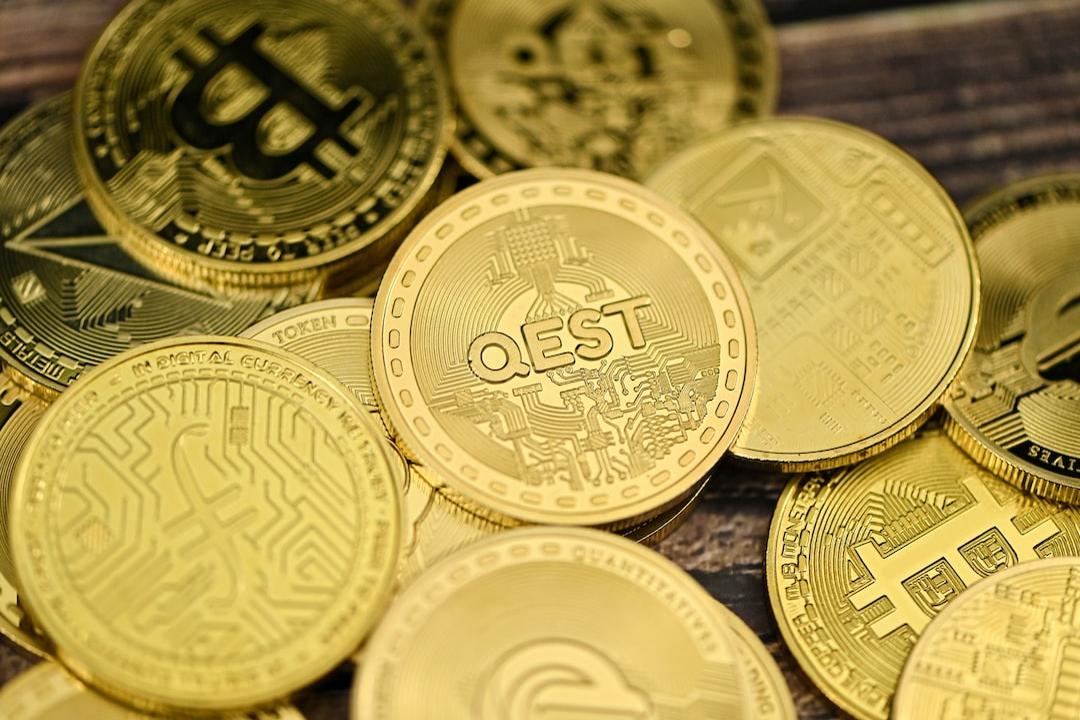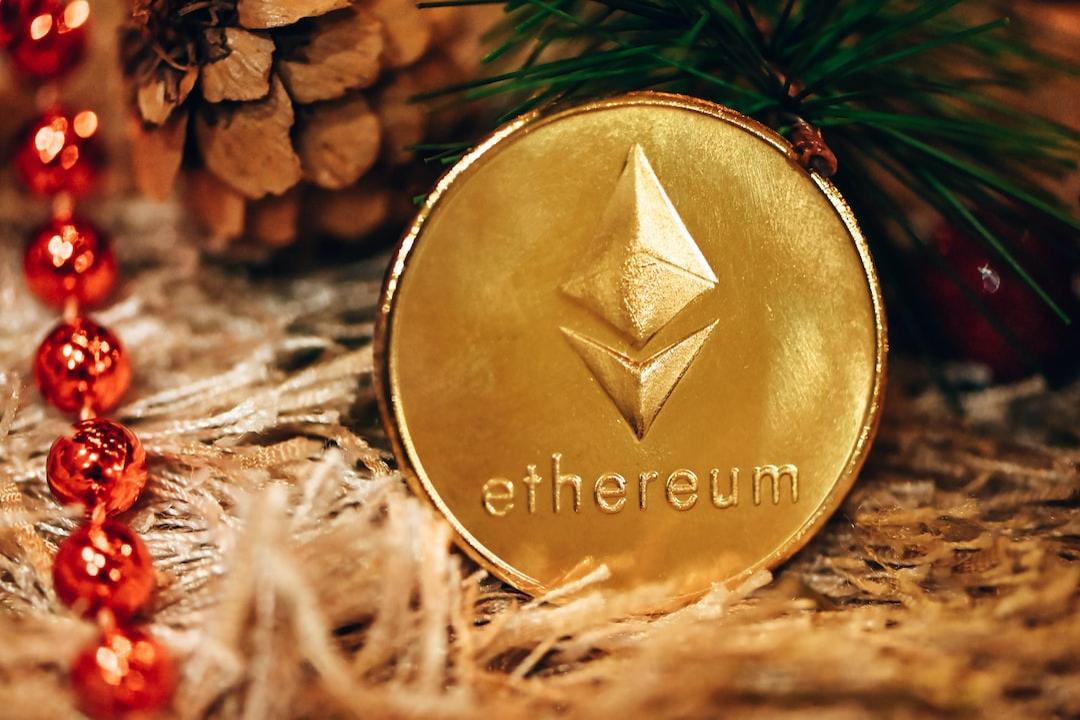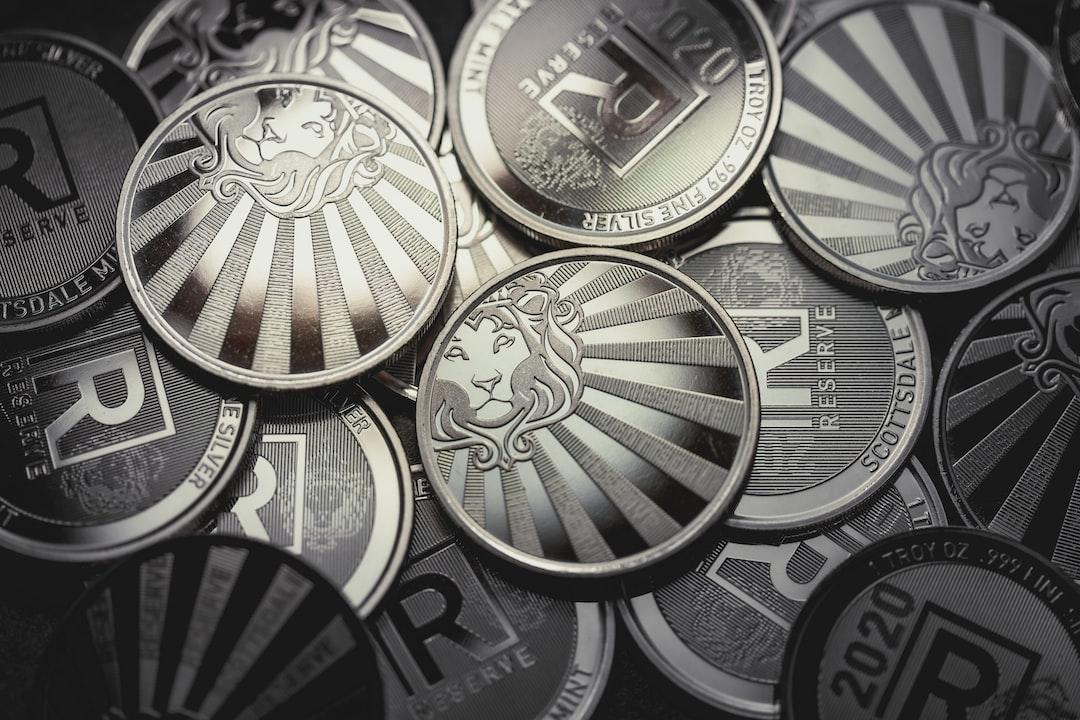LINE Launches “Mini Dapp” to Venture Beyond Its Circle
In early 2025, LINE NEXT, a subsidiary of LINE dedicated to developing the Web3 ecosystem, officially announced the global launch of multiple Mini Dapps for users worldwide.
Dapp is an abbreviation for “Decentralized Applications,” representing applications built on blockchain technology. The first wave of Mini Dapps released by LINE is primarily focused on gaming, allowing users to access these games directly through the LINE app without needing to download additional software.
More importantly, all LINE users can utilize the built-in cryptocurrency wallet to receive rewards issued by various applications (games) and trade digital assets. The greatest challenge in the blockchain or Web3 space has always been “breaking boundaries.” Individuals who are unfamiliar with these technologies are unlikely to engage with them in their lifetime. With this move, LINE has enabled users in active markets such as Japan, Taiwan, Thailand, and Indonesia to seamlessly enter the Web3 world.
The driving force behind LINE Mini Dapp is the blockchain ecosystem “Kaia.” John Cho, Vice President of Marketing at the Kaia Foundation, stated that LINE has approximately 1 billion registered users globally and around 200 million monthly active users. In addition to the vast user base, these users also exhibit strong purchasing power, particularly when it comes to buying stickers and in-game items on the LINE platform, indicating significant business opportunities for gaming Web3 applications.

LINE NEXT, a subsidiary of LINE focusing on developing the Web3 ecosystem, officially announced the launch of multiple Mini Dapps and Dapp Portal services for users worldwide.
This is also the reason why the first wave of Mini Dapps is centered around gaming applications. Besides the necessity for games to be entertaining, the most eye-catching feature is the reward mechanism built on blockchain technology.
If rewards are converted into cryptocurrencies or other digital assets, they can circulate across platforms on the same blockchain, allowing for greater freedom of use without the constraints of centralized management. For example, users can freely trade and buy tokens; even if the platform shuts down, the cryptocurrencies can still circulate on the chain and will not disappear.
Additionally, John Cho emphasized, “The key to the popularity of Web3 lies in making the experience intuitive and seamless.” These Mini Dapps are directly embedded within the LINE application, integrating built-in wallets, cryptocurrency exchanges, and potential future fiat top-up features, allowing users to access Web3 applications without needing to understand complex technical details or download apps—just by opening LINE.
In the future, LINE’s Mini Dapps are planned to expand into social, e-commerce, trading, and other fields. According to official statements, the goal is to launch over 1,000 projects by 2025.

John Cho, Vice President of Marketing at the Kaia Foundation.
The Past and Present of the Kaia Ecosystem
Although LINE Mini Dapp will launch in 2025, Kaia is not a new player in the blockchain industry. Kaia is formed by the merger of two blockchains, Klaytn and Finschia, developed by South Korean messaging giant Kakao and Japan’s LINE, respectively, thus carrying the DNA of these two major technology companies.
John Cho explained, “Klaytn and Finschia both emerged in 2019 but have different positioning. Klaytn is a public chain, while Finschia was initially a private chain primarily used for LINE’s Web3 products and services.”
A public chain represents an open, decentralized blockchain where anyone can participate and verify transactions; Ethereum and Bitcoin are examples of this type. In contrast, a private chain is controlled by a specific organization, where only authorized members can operate, typically applied within enterprises.
Finschia was initially a private chain due to Japan’s conservative cryptocurrency regulations in 2019. At that time, LINE, as a publicly listed company in Japan, chose to operate its Web3 business in a more low-profile manner, and thus the chain was solely used to support LINE’s products and services.
By the end of 2023, LINE decided to transition the private chain into a public chain. However, John Cho noted that after 2023, competition in the blockchain market became increasingly fierce, particularly with the rise of Layer 2 solutions, which made it more challenging to operate a public chain independently. Although LINE excelled in developing Web3 products, it had little experience in maintaining a public chain.
Layer 2: A network built on top of the first layer blockchain (such as Ethereum), using any technology that can accelerate transaction speed and processing capacity to solve transactions and computations on another chain, thereby reducing the burden on the mainnet of the first layer.
In contrast, Klaytn already has several years of experience in operating public chains. After careful consideration, both parties, who had previous collaboration experience, ultimately decided to propose a merger to their respective foundation members to form Kaia.
“After the merger, we can now confidently position ourselves as a leading blockchain ecosystem in Asia,” John Cho stated. Following the establishment of Kaia, it quickly focused on building the infrastructure for LINE Mini Dapp, with the Kaia Foundation being the primary non-profit organization responsible for constructing, operating, and maintaining the Kaia ecosystem.
#KaiaChain is making a splash at #TBW2024! Think Mini Dapps, consumer crypto wave, superchain GTM strategies, and more. Just two days to go—fire away and RSVP below #KaiaAtTBW2024
11 December 2024 (Wednesday)
1️⃣ 13Desk: KOL GameFi Odyssey
Babylon Taipei
⏰ 7:00 PM -…pic.twitter.com/RTesti3SWg— Kaia (prev. Klaytn & Finschia) (@KaiaChain) December 9, 2024
Does Building a Super App Necessitate Web3?
After expanding beyond gaming, LINE Mini Dapp plans to venture into social, e-commerce, trading, and other areas, aiming to become an all-encompassing “super app.” In terms of integrating various lifestyle applications, China’s messaging app WeChat has already set a successful precedent.
However, WeChat has achieved great success without implementing Web3 mechanisms. Why, then, is LINE investing significant resources and capital into this endeavor?
John Cho believes that, from a UX/UI and business model perspective, WeChat’s Mini Apps (known as “mini programs” in China) are indeed quite successful, but LINE aims to provide more unique values inherent to Web3.
“LINE needs to compete with platforms like Instagram, Facebook, and YouTube to ensure user retention, thus it must explore new ways to keep users engaged,” John Cho stated. As competition intensifies in the market, users will begin to seek experiences that offer greater value.
The key here is that blockchain can provide LINE users with “rewards” that possess monetary value through tokenization. This mechanism incentivizes users to engage with Mini Dapps over the long term.
However, John Cho candidly admitted that for a long time, blockchain products have often been driven by technology rather than genuine “user needs.” This has led to many applications failing to penetrate the mainstream market. Nevertheless, Kaia’s strategy is to break this mold, “Our goal is to enable Web2 users to easily transition to Web3 without requiring them to learn new technologies or change their usage habits. This is what sets Kaia apart from other blockchain ecosystems.”

